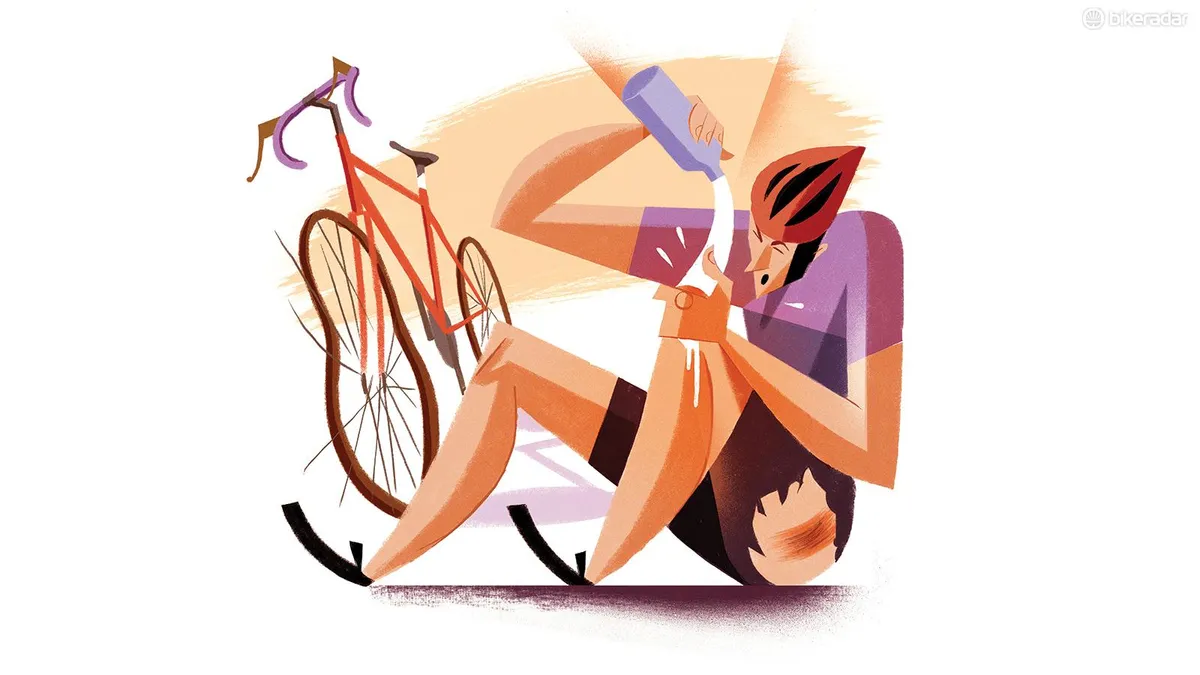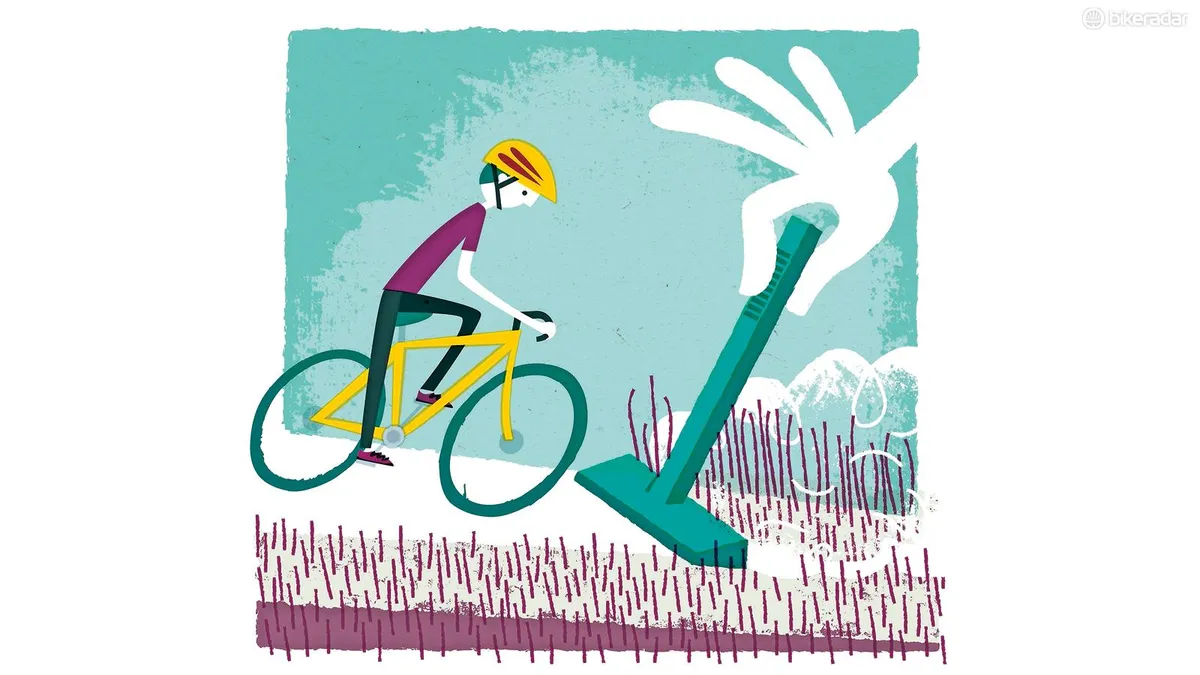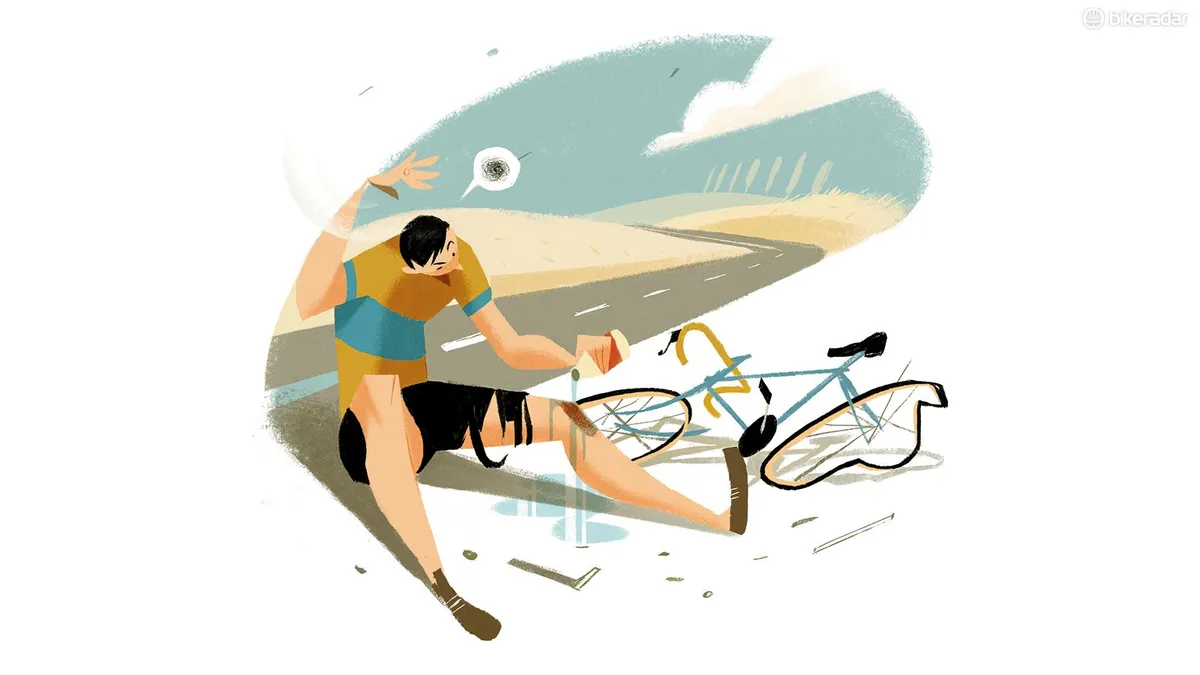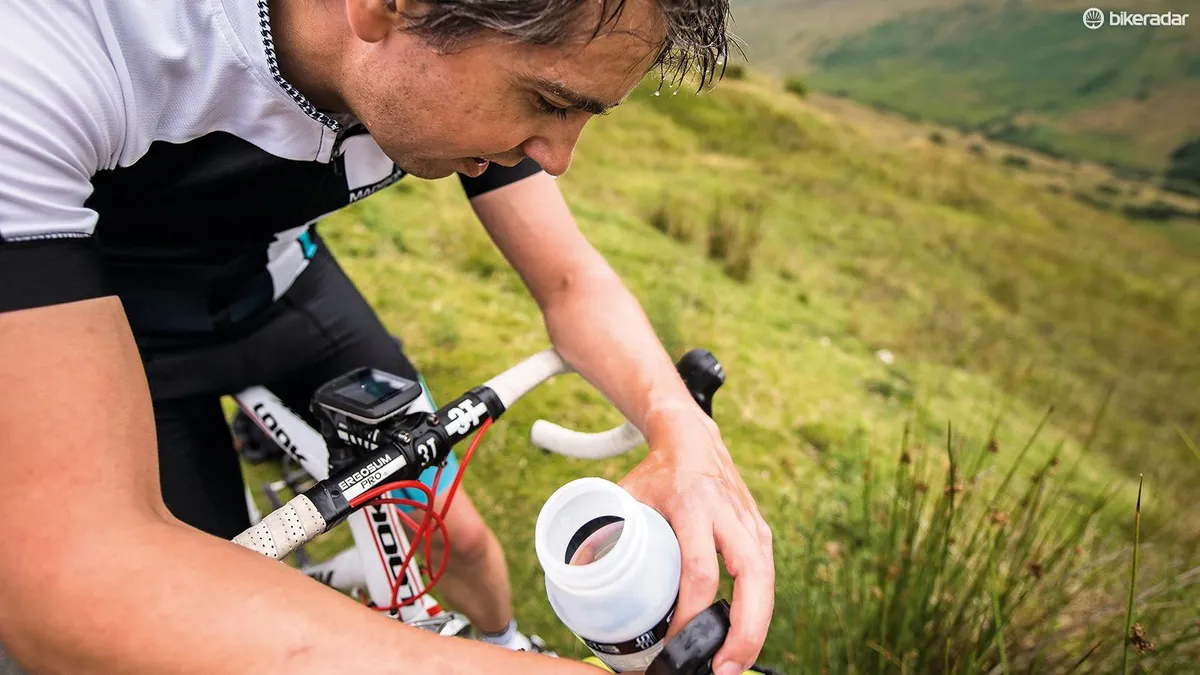The world of cycling can seem complicated — from what to wear to how to kit out your bike, there's a lot to think about. More often than not these are personal choices, but there are still many things that unite all cyclists.
Here's a list of a few things riders will go through — from road rage to bonking — and how to make these rites of passage as painless as possible
- 23 things we wish we'd know before getting into cycling
- Cycling tips: 25 essential pieces of riding advice for beginners
- UK readers: can you help us get more people on bikes? Whether you’re a keen cyclist or a complete beginner, we’d love you to get involved in our Get Britain Riding campaign, in association with B’Twin. Click here to sign up!
1. Going clipless

Riding ‘clipless’ means riding ‘clipped-in’ to your pedals. Yes, we know it makes no sense, but it makes you cycle more efficiently. As well as transferring power when you push down, you’ll also pass power to the bike as you pull up. You’ll have greater control, as your feet won’t slip from the pedals.
There are two main types of clipless shoes, cleats and pedals. First, the three-bolt system commonly referred to as SPD-SL, is the setup most road cyclists favour. There’s also a two-bolt version, known as SPD, usually preferred by mountain bikers and tourers. Decide which system suits you and coordinate pedals, cleats and shoes. It’s a lot easier to walk in SPDs.
Before you hit the road using clipless pedals, practice clipping in and out while your bike is static. The last thing you want is confusion about how to disengage your feet when at speed.
Gravity and the clipless cyclist are not friends. If your bike stops moving forward, it will fall over. If you’re clipped-in, and can’t steady the bike with your feet, you’ll fall with it. Cyclists unused to clipless riding find their perspective suddenly changes: they no longer fear riding fast, but travelling slowly is terrifying!
Look out for obstructions that might cause you to stop and fall over. Perhaps release one of your feet well before you plan to brake. This will give you a few extra seconds if there’s an issue with unclipping.
'Cleat failure' is the term for those moments when we can’t disengage our pedals. This is usually caused by human error, but we all blame the cleats. Cleats ‘fail’ disproportionately often in the vicinity of gobby van drivers, ex-partners and piles of excrement. It’s all part of the rite of passage and you’ll have to take these pratfalls on the chin, often literally.
2. Road rage
Most cyclists have experienced aggression from drivers. Even if you’re the most careful rider, the likelihood is it’s going to happen to you. Some drivers get territorial, think you’re invading their space, then become aggressive. Often the mere sight of a bit of Lycra is enough to set them off.
We all have opinions about these drivers (most have a selection of ‘colourful’ words to describe them), but knowing the basic rules of the road should keep you as safe as possible. However, keeping to highway codes cannot totally protect you from road rage.
If a car is driven aggressively around you, protect yourself by moving out of the driver’s way. Change road position or reduce speed so you get behind the car. Be aware you may need to take emergency action to evade the vehicle.
It’s tempting, but don’t engage. Don’t respond to an aggressive driver with insults or gestures, this’ll only escalate things. Remember you’re dealing with someone being aggressive to a total stranger so they're not acting in a particularly rational way…
Many cyclists wear a video camera so details are available if action needs to be taken. Try to get the registration number of the vehicle involved, talk to any witnesses and contact the police about any incidents.
Cyclists love sharing stories about road rage. Having a good tale to pass on to other riders is a huge rite of passage. Don’t let the truth get in the way of your story — the juicier the better!
3. Your first sportive

You won’t be cycling long before the idea of completing a sportive drifts onto your radar. Finishing one of these mass-participation distance events is something any new rider won’t forget in a hurry.
It’s impossible to do too much training for a sportive. Build up to comfortably completing two thirds (at least) of the event distance in your training runs, but most newbies realise at the start line that they haven’t done enough training, it’s all part of the process.
Riding in a big group of hundreds of cyclists can be scary, so once the event starts, find a sub group that matches your pace. We recommend joining your local club to learn the basics of group riding.
Sportives are not intended to be races so don’t set off at a sprint, you’ll regret it very quickly. Having said that, many inexperienced riders don’t take this advice. Regretting an overly speedy start, for mile after gruelling mile, is all part of the rite of passage.
It's important to eat and drink consistently throughout the event. Make the most of food stops and ensure you have the gels and drinks you’ll need to get you through. Many newbies nervously drink far too much before the sportive starts and can be seen stopping to relieve themselves in the first stages.
Whatever your experience, we guarantee that completing a sportive will give you the biggest sense of satisfaction you’ve ever had in Lycra, probably. Let’s leave it there.
4. Leg shaving

This won't be a rite of passage for some cyclists, but others may need a little help, as shaving can mark you out as a serious cyclist.
Before you shave your legs for the first time, make sure you clean and moisturise. It’s probably not part of your usual routine but it helps. It’s important to decide how high up the leg you want to shave. Many choose just above the seam of their bib shorts, just remember that if you do this the next time you wear Speedos you’ll look like you’re wearing Chewbacca-style hairy undershorts.
Use a beard trimmer to cut long hair down to stubble length, then make sure you shave against the growth of hair. Never shave sideways as it’s a quick way to cut yourself. Be careful around the knees and ankles too, and don’t worry if you miss a bit, that’s bound to happen. Oh, and you will cut yourself at least once.
5. Falling off

Cyclists fall off bikes so here’s our advice to making it a little less painful.
First off, wear a helmet; having protection for your head is essential. Also, fall onto something soft. It’s obvious, we know, but a soft landing has to be the best option.
Grass verges or other cyclists are both a lot softer than tarmac! One rider we know of cushioned the blow by falling into a pile of horse manure, not ideal, but it's more forgiving than concrete.
The key to avoiding further injury is to get off the road as soon as you can to avoid other vehicles. While you’re still on the tarmac you’re vulnerable to traffic, who won’t be looking out for a prone cyclist.
If you’ve damaged your helmet you may have sustained a head injury. Ask yourself a few simple questions to test yourself, such as 'What’s the date?' or 'What’s my address?' If you are in any doubt get medical assistance and don’t get back on your bike.
Once you’re sure you’re okay, get a good shot of any injury. Sharing photos of ‘road rash’ is a definite rite of passage, extra kudos is given for those who’ve managed to rip through Lycra. Photos should be accompanied by statements about how, unlike footballers, cyclists are as tough as old boots.
6. Bonking

‘Bonking’ on a ride isn’t half the fun it sounds. Cyclists ‘bonk’ when the body’s reserve of glycogen runs out. Glycogen is stored carbohydrate and without it we become hypoglycaemic which, as diabetics will tell you, is not a good thing.
People bonk in different ways… some experience headaches, nausea, blurred vision and even shaking. All get a dramatic loss of energy, as they are literally running on empty.
To overcome it foods and drinks that return glycogen quickly to the body are essential. These can be sugary sweets (such as Jelly Babies), fizzy drinks (not diet versions) or energy gels.
It’s important to get off your bike and make sure you’ve fully recovered before you continue, which may take some time. Bonking can leave you disorientated, which is not a good state to ride in.
You can prevent it by preparing before your ride by eating plenty of carbohydrate-rich food, which will give you a good base reserve of glycogen in your system. It’s also a good excuse to eat lots of pasta.
During your ride, top up your glycogen levels throughout, not just when you feel hungry. You’ll soon discover which foods work best for you.